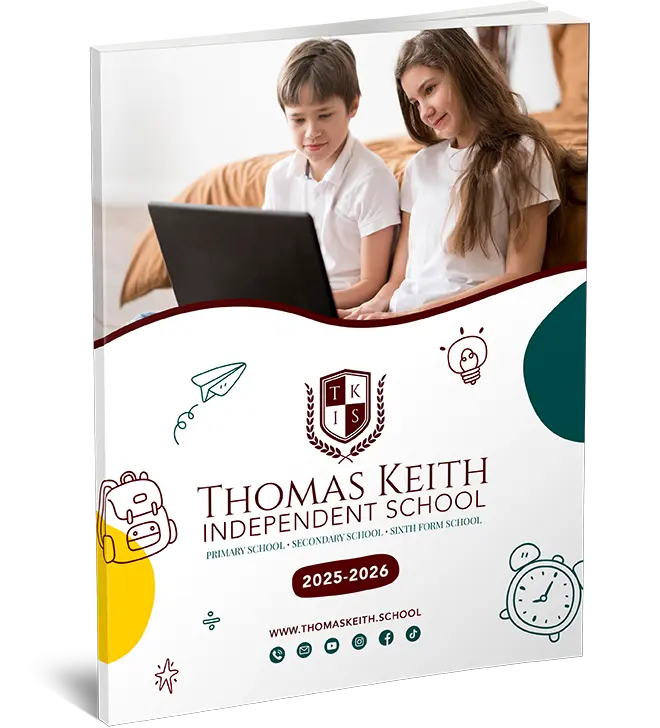This section gives a detailed breakdown of opportunities for ESD in knowledge and understanding of the world. The following statements, taken from QCA’s Curriculum guidance for the foundation stage, highlight the strong links between ESD and knowledge and understanding of the world.
Practitioners should give particular attention to:
- activities based on first-hand experiences that encourage exploration, observation, problem-solving, prediction, critical thinking, decision making and discussion;
- an environment with a wide range of activities indoors and outdoors that stimulate children’s interest and curiosity;
- supplementary experience and information for children with sensory impairment.’
‘Young children acquire a range of skills, knowledge and attitudes related to knowledge and understanding of the world in many ways.’ For example, they learn ‘by doing things’, ‘by using a range of tools’, ‘by working with a range of materials such as wet and dry sand, liquids, compost, gravel and clay’, and ‘by encountering creatures, people, plants and objects in their natural environments and in real life situations, for example, in the shop or in the garden.’
‘Outdoor activities allow children to have real experiences, for example of weather, of creatures in their natural environment and of the buildings that surround them.’
‘Children should have access to different ways of using reference skills to gain information, for example through books, photographs, artefacts, natural objects, visits, interviews and the investigation of products.’
Case Studies
Some of the case studies on the website illustrate opportunities for ESD in developing Knowledge and understanding of the world.
- Willow planting – ESD in a nursery school
Willow planting activities for children and parents as part of the ongoing development of the school grounds - Linking home and school communities
Using ESD to involve parents more in the life of the school - Using a garden at a nursery
The development of the garden of a nursery school surrounded by high-rise buildings and its integration with pupils’ learning experiences at the school




